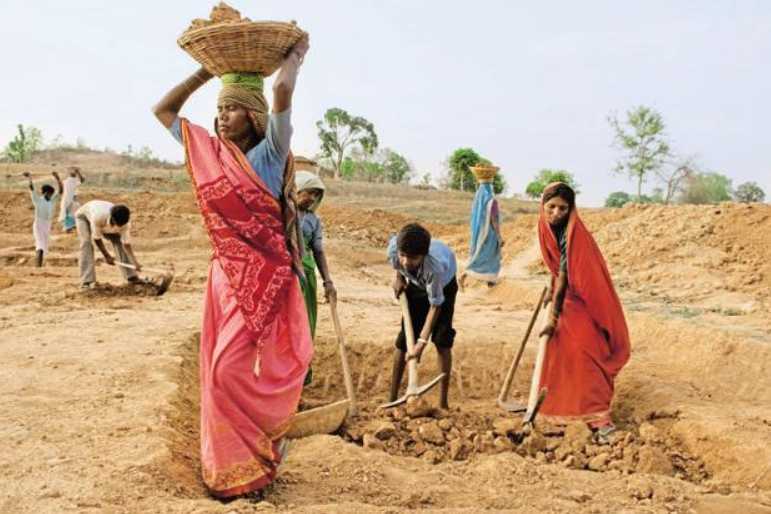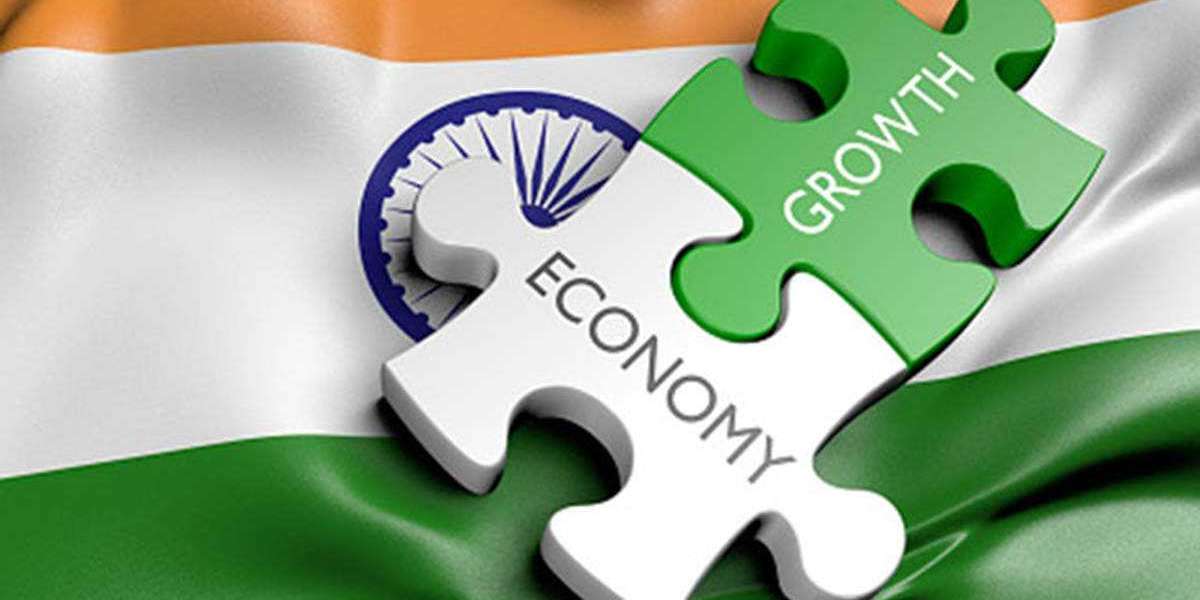What is an Economics? It is a branch of science/arts which frames theories in order to manage limited resources so that maximum satisfaction is obtained. All the resources whether man made or natural are limited in nature and needs to be used judiciously. The father of economics, Adam Smith briefly described what is an economy in his book "Wealth of Nations". In India, Dadabhai Naroji is considered as the father of Indian Economics.The basic unit of economics is Household/Firm/Corporation. The economics is further classified into Microeconomics and Macroeconomics. Therefore, the combination of micro and macro economics of a country is what we call an economy of a country. In short, economy is a production and consumption of goods and services and supply of money in a country or a region.An Economy can be divided into different sectors i.e Primary sector, Secondary sector and the Tertiary sector. According to different philosophers, there are three different types of economies in the world and they are Capitalist Economy( example- United States of America), Socialist Economy(example- USSR) and Mixed Economy(example- India).
India, after independence ushered towards a new era by adopting a mixed economy. A large chunk of population in India was involved into agriculture that comes under the primary sector. At present around 55% of India's population is involved in agriculture and its contribution to the GDP is a mere 15.87% compared to tertiary sector where 20% of population of India is involved and it contributes 54.4% to our GDP. Due to climate change monsoon has become erratic and has effected the agricultural produce leading to unemployment. Agriculture sector also does not provide employment throughout the year. Successive government have tried to boost the agricultural by innovation in technology and policy. MNREGA( Mahatma Gandhi National Rural Employment Guarantee Act) 2005, provided 200 days of unskilled work to the people and this has helped in boosting the rural economy. We need to understand that without investing more in the manufacturing sector and in the research and development our countries economic growth will continue to stagnate. Subsidies and loan waivers have been not of much use as it leads to overuse of the resources and the loan waivers affect the credit system of the banks. The corona virus pandemic again has forced the government to rethink on its policies and introduce measures which will decrease the stress in the farm sector and bring in manufacturing revolution in the country like the chinese did to spur their economic growth.

Though late, but the government has started focusing on the agriculture sector to make India a 5 trillion dollar economy. Some of the recent measures that has been announced by the government are revoking of the Essential Commodities Act which help expedite the private investment in the agricultural sector, setting up of 1 lakh crore worth Agriculture Infrastruture Fund and introduction of direct benefit cash transfer to farmers instead of loan waivers. Introducing Social Security scheme such as Atal Pension Yojana, Pradhan Mantri Jeevan Jyoti Bima Yojana, Prahan Mantri Jan Aarogya Yojana and Pradhan Mantri Shram Yogi Maan-Dhan Yojana has also helped in subsiding farmer distress.
Every country has its own basket of failure and successes. What is important is our resilience towards those failures and the determination to overcome them. This is what will help us subside the slowdown caused by the corona virus pandemic and thrive again with a new energy and determination. Together we can and together we will.







